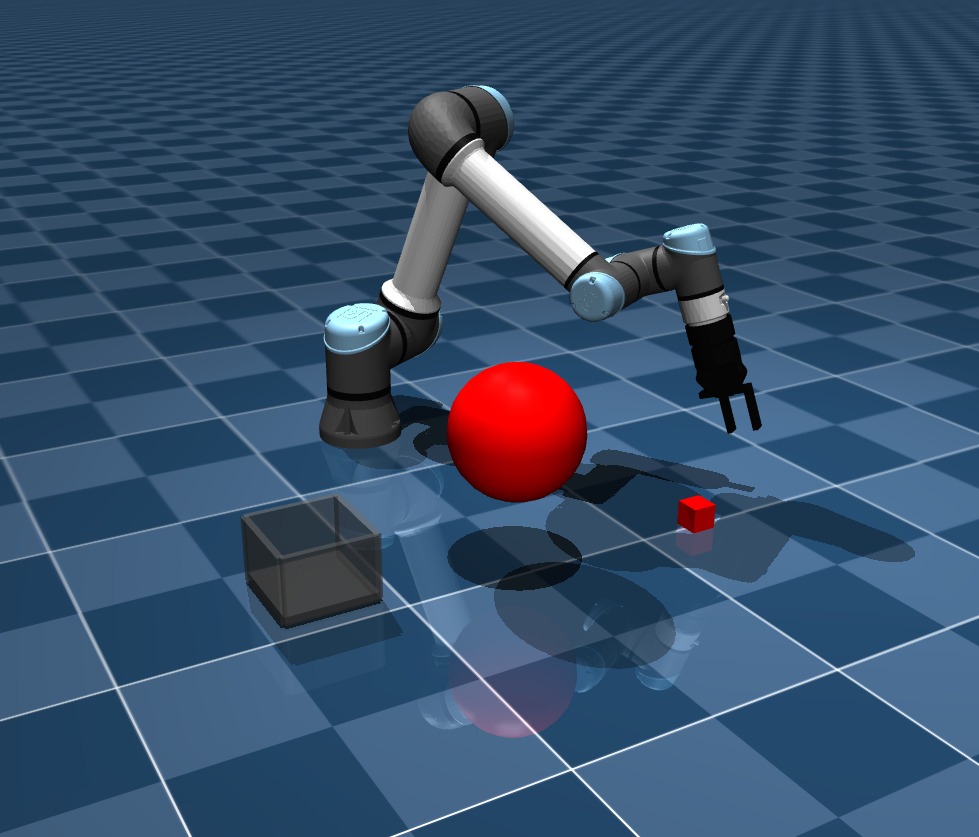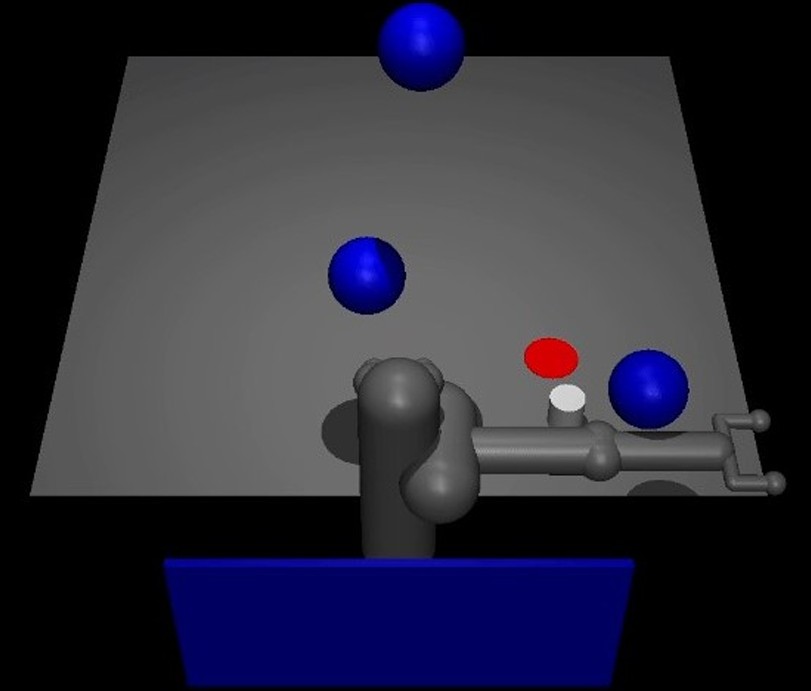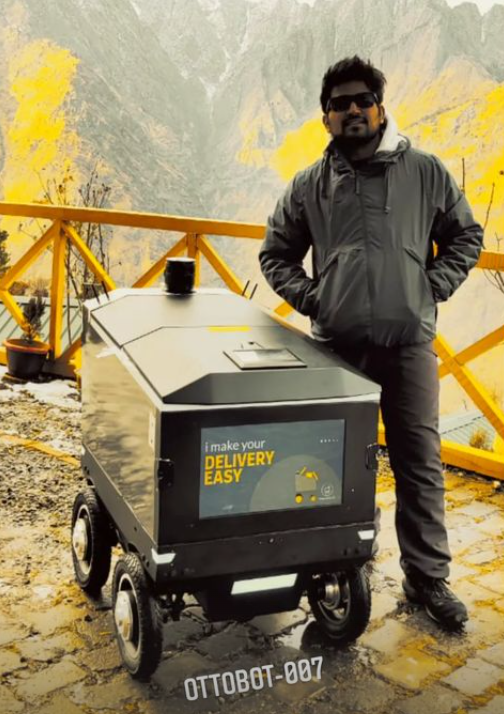Manipulator Control - Task and Motion Planning Algorithm
Published:
External Links: Code-GitHub, Reinforcement Learning project Report In this project, I’m developing a Task and Motion Planning (TAMP) pipeline for a UR5 robot to perform pick-and-place tasks in cluttered environments. The goal is to create a modular, code pipeline that integrates task execution, motion planning, and inverse kinematics, all within the MuJoCo simulation framework.
Since it’s a self-learning project, the code is very modular to test and switch different algorithms for different parts of the pipeline with ease.


Task Execution with Behavior Trees
To break down high-level tasks efficiently, I’m implementing a Behavior Tree (BT) framework. This modular approach helps the robot:
- Decompose complex tasks into smaller, reusable sub-tasks.
- Seamlessly integrate perception, planning, and control.
Motion Planning: RRT and Custom Algorithms
For motion planning, I’ve implemented Rapidly-exploring Random Trees (RRT) from scratch while exploring alternative approaches. My key focus areas include:
- Code Modularity for path planning in both C-space and Task space
- Experimenting with RRT*, PRM and other sampling based approaches to improve path quality and estimation time
- Experimenting different sampling strategies for improving prediction time - goal bias, ellipsoid region, etc.
Additionally, I’ve added spline based trajectory generation methods to smoothen out the generated path
Inverse Kinematics: Testing Different Approaches
For application with pick n place, and other tasks, I’m exploring various Inverse Kinematics (IK) methods for converting between task-space and C-space, including:
- Jacobian-based methods including Pseudo Inverse (numerical approach for iterative solutions)
- Analytical solutions using Pinnochio library (for simpler kinematic configurations)
- Optimization-based solvers - utilizing Scipy library
The simulation setup consists of:
- A UR5 robot model with realistic kinematics and dynamics
- Obstacle-rich environments for motion planning robustness testing
- Sensor integration with noise to mimic challenges with real hardware
Related Project: Reinforcement Learning for Dynamic Obstacle Avoidance
In a separate project, I explored Reinforcement Learning (RL) algorithms for dynamic obstacle avoidance in a push-and-place task. This involved modifying the Pusher-v2 environment to introduce dynamic obstacles representing human interactions.
Enhancements to the Environment
- Modified Pusher-v4 Model: A two-link manipulator with 7 DoF, adjusted joint limits, and refined contact dynamics
- Obstacle Representation: Spherical objects mimicking human arms, capable of moving along X, Y, and Z axes with added damping
- Expanded State Space: Included obstacle positions, safety margins, and contact information to improve obstacle awareness
- Updated Reward Function: Introduced penalties for safety margin breaches and impacts, enforcing safe interactions with obstacles
RL Algorithms Tested
- Proximal Policy Optimization (PPO): Tuned clip range and incorporated State Dependent Exploration (SDE) for improved stability
- Deep Deterministic Policy Gradient (DDPG): Adjusted action noise parameters and integrated SDE-based exploration
- Soft Actor-Critic (SAC): Optimized entropy coefficients and action noise distributions for robust exploration
Key Results
- Enhanced real-time obstacle avoidance
- Improved adaptability to changes in object and goal positions
- Found SAC to be the most robust among the tested algorithms
This project highlights the integration of safety constraints, RL-based learning, and task adaptability, contributing to real-world human-safe robotic applications.
